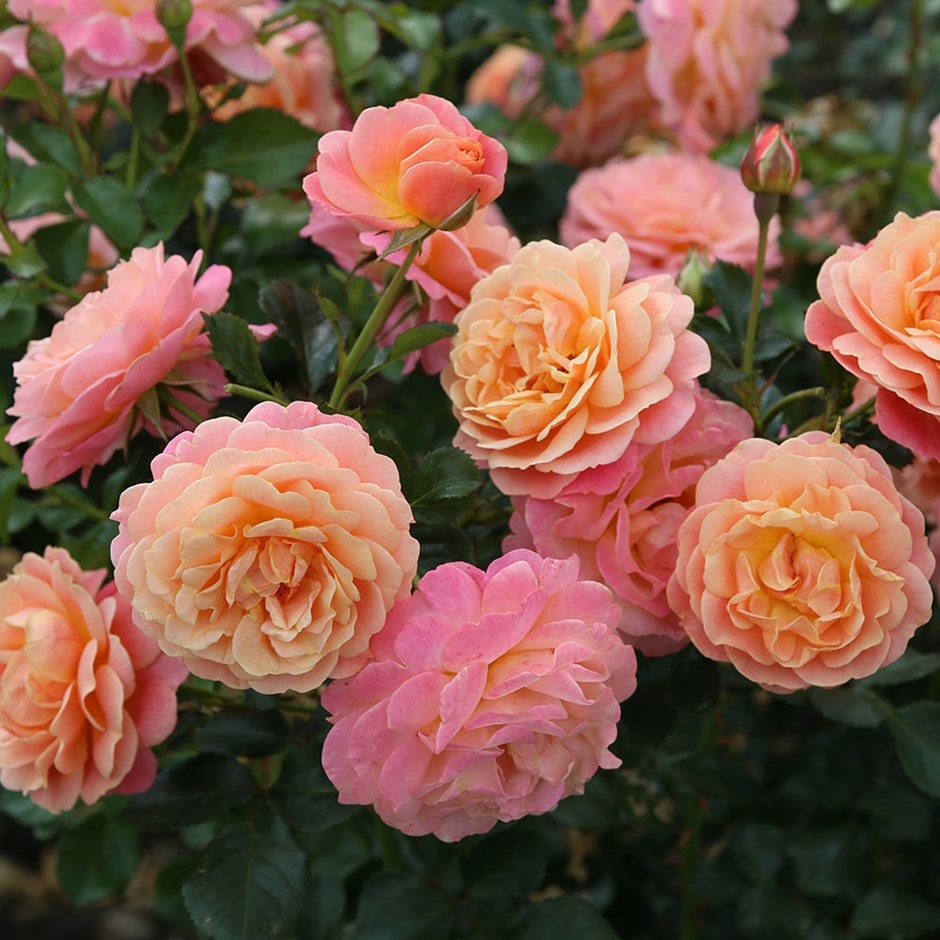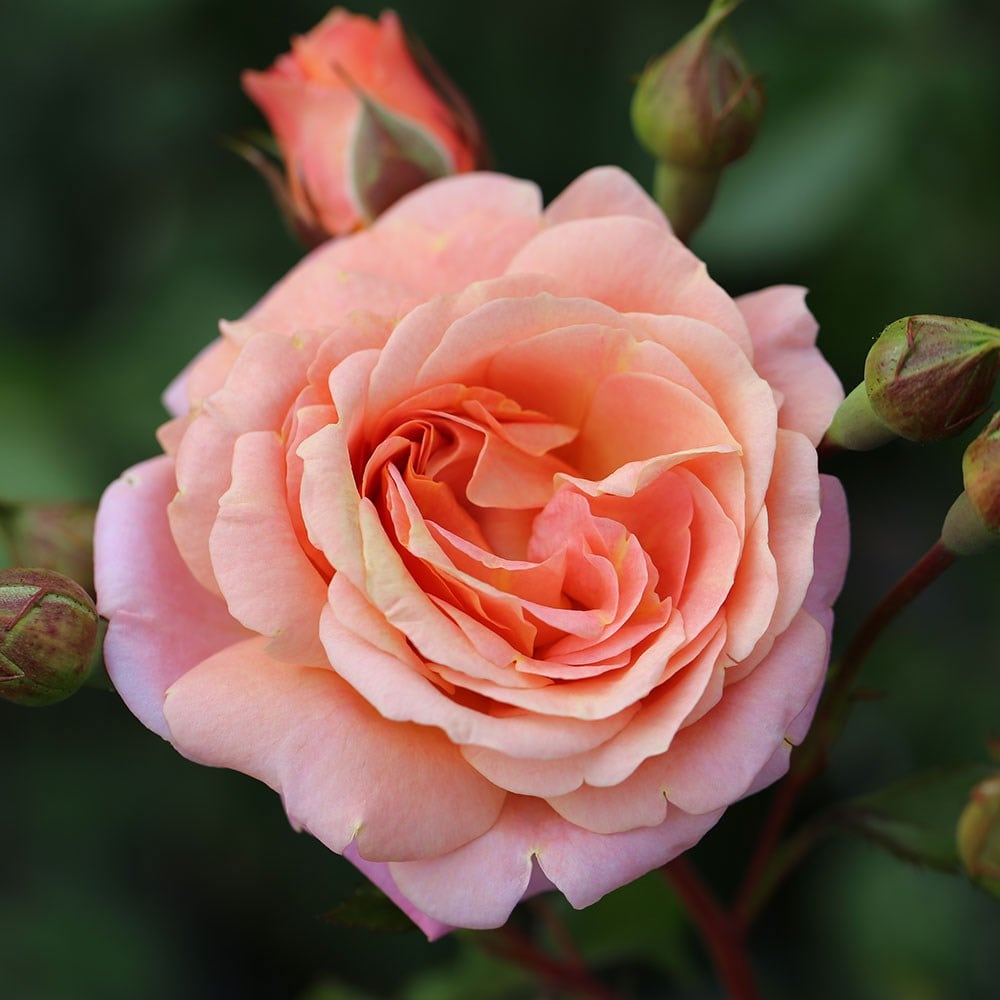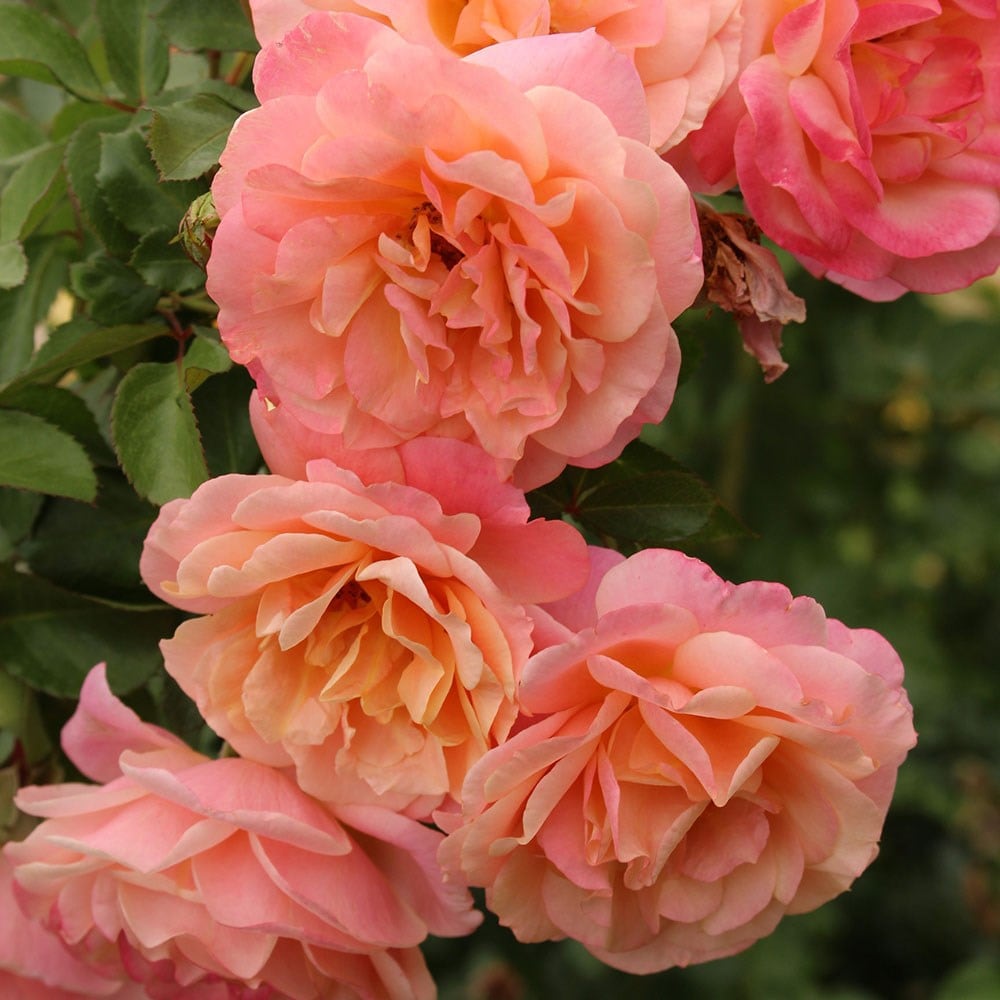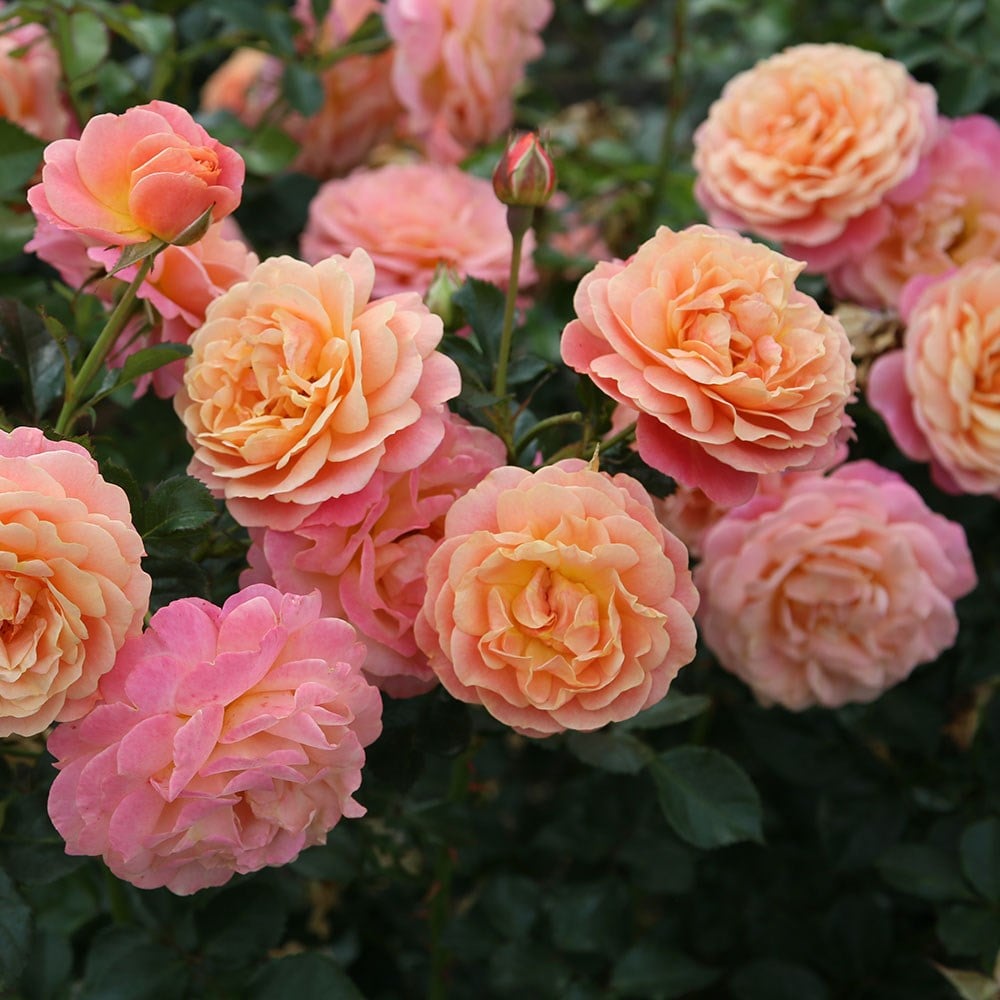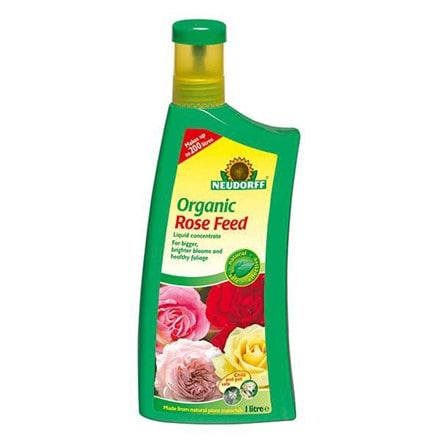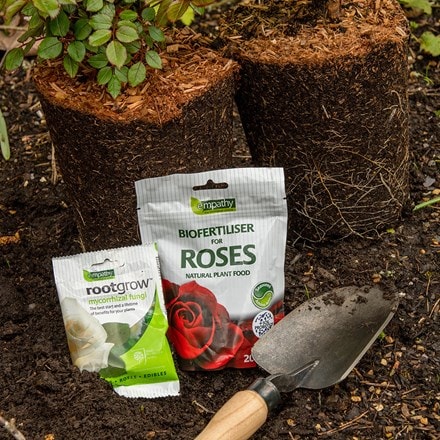Rosa Peach Melba
Rose of the Year 2023 - rose Peach Melba (climbing)
- 4 litre pot
- £28.04 £32.99
- Delivered mid-late November onwards
- bare root plant
- £21.24 £24.99
- Delivered Early December
Delivery options
- Standard £5.95
- Position: full sun or partial shade
- Soil: fertile, humus-rich, moist, well-drained soil
- Rate of growth: average
- Flowering period: July to September
- Hardiness: fully hardy
After a two-year trial undertaken by Rose UK (in which new roses are rigorously assessed), this climber, which came out on top, was voted by the judges as Rose of the Year 2023. The judges were impressed with the plant’s outstanding disease resistance, as well as its ability to flower prolifically and repeatedly throughout the season. The flowers themselves appear in large clusters, are adored by bees and have a subtle, perfume.
All our roses are grown in an open field and then dug up when the weather conditions are right in October or November. Some suppliers send out their roses as 'bare root' plants (ie without pots or compost), but we pot ours up as it helps to keep the roots hydrated and in good condition. As they are dormant throughout the winter, they will not produce any new roots until spring, so don't be surprised if the compost falls away from the roots when you take them out of their pots. The roses can be kept in their pots throughout the winter provided they are kept well fed and watered, however ideally they should be planted out as soon as possible. They will already have been cut back so no further pruning will be required, apart from snipping off any tips that have died back. Routine pruning can begin in late winter the year after planting. - Garden care: If planting in winter, choose a frost-free spell when the soil is not frozen. Roses are quite deep-rooted plants so dig a deep hole roughly twice as wide as the plant’s roots and mix in a generous amount of composted organic matter. A top-dressing of a general purpose fertiliser can be worked into the surrounding soil and we also recommend using Rose Rootgrow at this stage to encourage better root development. This is particularly important when planting into a bed where roses have previously been grown as Rose Rootgrow is said to combat rose sickness (aka replant disease). Before planting you will also need to make sure that there is adequate support for the rose to grow onto.
Remove the plants from their pots and gently spread out the roots before placing them in the centre of the hole. Try to ensure that the 'bud union' (the point where the cultivated rose has been grafted onto the rootstock, and from where the shoots emerge) is at soil level. You can judge this quite easily by laying something flat, like a spade handle or bamboo cane, across the top of the hole. When they are at the right height, back-fill the hole, firming the soil down gently before watering the plant well. Tie the stems to the support in an open fan shape and as new shoots emerge, tie these in horizontally, as this will encourage flowering shoots to form nearer the base.
When planting against a large tree, dig a hole about a metre away from the trunk and angle the rose towards the trunk. The tree must be mature and strong enough to take the weight of the rose. Or you can train the rose up to the crown of branches, using wooden supports. In this case the rose should be planted on the outer reaches of the tree's canopy. Allow it to scramble up the supports and then into your chosen tree.
Water generously until well established, and apply a specialist rose fertiliser (following the manufacturer’s instructions) each spring. They will also benefit from a generous mulch of composted farmyard manure in spring, but make sure this is kept away from the stems.
From late autumn to late winter, pop on a pair of tough gloves and remove any dead, damaged or weak-looking stems. Tie in new stems and shorten the side shoots of any flowered stems by up to two thirds. When the plants become congested, remove one or two of the oldest stems, cutting them right back to their base. Climbing roses usually respond well to hard pruning, so those that have become very overgrown can be renovated from late autumn to late winter. First remove any dead, damaged or weak-looking stems completely. Keeping from four to six young stems, cut all the others right back to their base. Shorten the side shoots on the remaining stems by up to a half and tie these onto the support.
- Humans/Pets: Fruit are ornamental - not to be eaten
